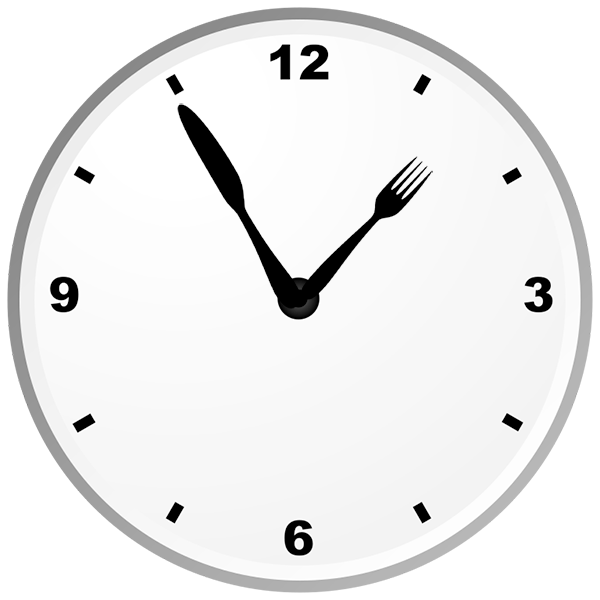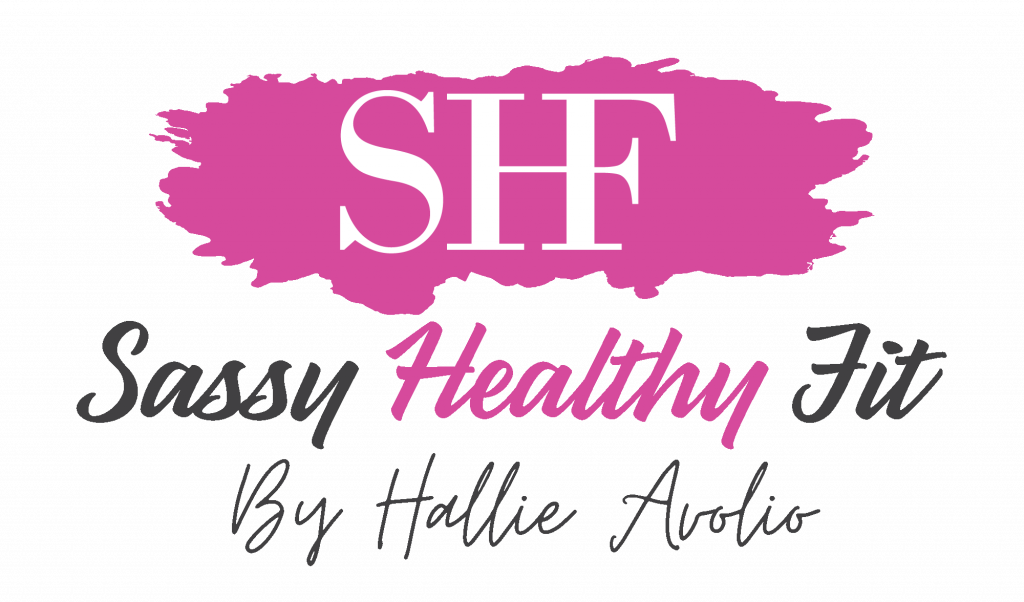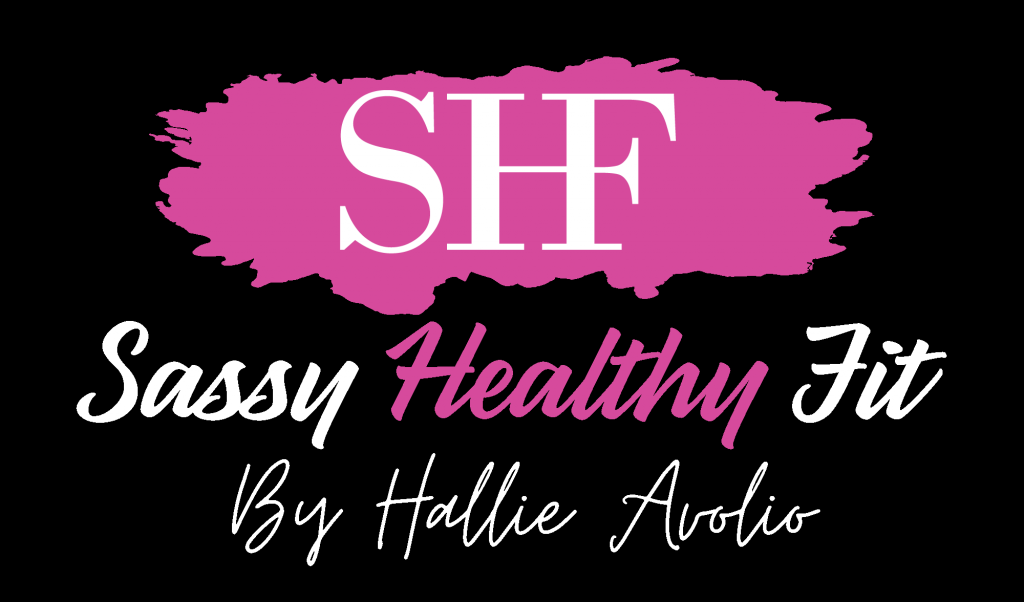
Chances are you have heard the term “Intermittent Fasting” tossed around. We wanted to give you a quick look at what it means, the pros and cons and what the options are so you can decide if intermittent fasting (IF) is something you might want to try.
Intermittent fasting is a process of breaking up the times you eat and the times you don’t eat to provide longer periods of time where you are not taking in food (fasting). While a lot of people use this process to help with weight control, that is only one of the benefits.
SHOULD YOU OR SHOULD YOU NOT TRY INTERMITTENT FASTING?
If you are underweight, pregnant, breastfeeding, have or have had an eating disorder or are under 18, intermittent fasting probably isn’t for you. Even if you think IF is a good option for you, please consult your doctor and discuss the pros and cons, as well as decide if there might be any health risks for you before you begin any practice of fasting. We are not doctors or medical professionals and are not suggesting that this is solution for everyone.
WHY FAST?
There are several potential benefits to intermittent fasting. By not taking in food for an extended period of time the body triggers several internal mechanisms that result in some nice benefits. Note that there are a lot more potential benefits that are currently being studied, but are not clinically confirmed or denied yet.
- Lowers blood pressure [1]
- Cellular repair [2, 3]
- Increased insulin sensitivity [4]
- Human Growth Hormone (HGH) boost [5, 6, 7, 8]
- Body fat reduction [9]
- Inflammation reduction [10, 11, 12]
- Increased metabolic rate [13, 14]
- Weight loss [15, 16]
HOW TO FAST
There are 5 main options for fasting schedules:
- 16/8 – you eat during am 8-hour window and then don’t eat for a 16-hour window (i.e. eating between 11 am and 7 pm)
- 20/4 or One Meal A Day (OMAD) – you eat one large meal or 2 smaller ones in a 4-hour window at roughly the same time every day
- 24-hour Fasts – you eat a normal day, then take 24 hours off and then eat again. NOTE: this does not mean you go a full day without eating, that would typically result in a 36-hour fast. With a 24-hour fast a typical schedule might look like eating a normal 3-meal schedule, fasting after dinner until dinner time the next day (typically done 1-2 days a week)
- 36-hour Fast – This would be skipping a whole day of eating
- 5:2 – This is a fasting schedule where you do not fast for 5 days and then you fast for 2 days, however you are allowed to eat up to 500 calories a day during the fasting days
CAN YOU DRINK LIQUIDS WHILE FASTING?
Most people agree that water, coffee, tea, and other zero/low calorie drinks are fine while fasting and essential for keeping yourself hydrated. For those into drinking bulletproof coffee or a similar coffee/fat drink, most people agree this seems to be OK as well.
CAN I EXERCISE WHILE FASTING?
Yes, but stay very aware of your body and your energy levels. Depending on what your body is using for energy you want to make sure your body has enough energy reserves for the type of workout you are doing. If you feel weak or light headed listen to your body and STOP! Make sure you are staying hydrated and keeping your sodium (salt) levels correct.
FASTING & KETO
If you are following a Keto eating plan and actively in ketosis you may find you have an easier time fasting. While in ketosis the brain is fed on ketone bodies and not on glucose so there is a much larger reserve of fuel. Because of this, the brain does not trigger as high of a hunger response and you don’t tend to have the energy dip that comes with the blood sugar changes associated with a standard diet.
SHOULD YOU FAST?
That is 100% up to you and your healthcare provider. Do the research (please don’t start fasting after only reading this article) and talk to your healthcare provider to discuss the pros and cons as they relate to YOUR health goals and YOUR lifestyle, etc.
We are here to provide information we find relevant to the In Demand Woman and since IF is a hot topic we wanted to shed some light on it for you!
References:
- https://www.sciencedirect.com/science/article/pii/S1550413118302535
- https://www.ncbi.nlm.nih.gov/pmc/articles/PMC3106288/
- https://www.ncbi.nlm.nih.gov/pubmed/21106691
- https://www.ncbi.nlm.nih.gov/pubmed/15640462
- https://www.ncbi.nlm.nih.gov/pmc/articles/PMC329619/
- https://www.ncbi.nlm.nih.gov/pubmed/1548337
- https://www.ncbi.nlm.nih.gov/pubmed/2355952
- https://www.ncbi.nlm.nih.gov/pubmed/2355952
- https://www.ncbi.nlm.nih.gov/pubmed/21410865
- https://www.ncbi.nlm.nih.gov/pubmed/17291990/
- https://www.ncbi.nlm.nih.gov/pubmed/17374948
- https://www.ncbi.nlm.nih.gov/pubmed/23244540
- https://www.ncbi.nlm.nih.gov/pubmed/10837292
- https://www.ncbi.nlm.nih.gov/pubmed/2405717
- https://www.ncbi.nlm.nih.gov/pubmed/25540982
- https://www.sciencedirect.com/science/article/pii/S193152441400200X

